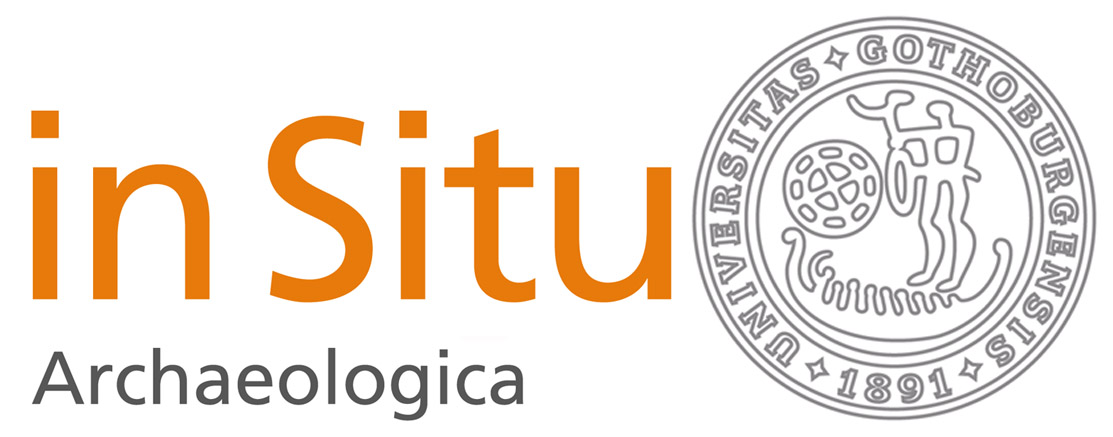Petrified Life or Living Stone? The Problems of Categorisation
Exemplified by Fossils Found at Stone Age Sites in Rogaland, Norway
DOI:
https://doi.org/10.58323/insi.v14.9520Abstract
During archaeological excavations, artefacts are collected, tagged and stored. Based on these, archaeologists interpret peoples’ social identity, relations and even world view. However, a narrow range of ‘natural objects’ are also collected, often if perceived as essentially different from the surrounding gravel or debris ; that is, if odd or beautiful enough to the excavator. Fossilised Sea-urchins ( Echinoidea ) are such objects and have been recovered from hunter-gatherer-fisher coastal sites dated to Mesolithic and Neolithic. They are predominantly found in refuse layers and floor contexts. In this brief article, based on finds of fossils at recent excavations in Rogaland county, Norway, the fossils are considered as illustrative of the fluidity and transformability of life in a Mesolithic ontology that avoids the separation of nature and culture. Hence, life is stone, and stone is life. Contrasting this is the archaeological practice of separating ‘cultural’ from ‘natural’. Does this limit our understanding of life in the Stone Age ?
Downloads
Downloads
Published
How to Cite
Issue
Section
License
Copyright (c) 2020 Astrid J. Nyland

This work is licensed under a Creative Commons Attribution 3.0 Unported License.
Authors contributing to In Situ Archaeologica agree to publish their articles under a Creative Commons License. This gives third party different rights to use the material under certain conditions. These rights is defined by which license the article is published and it is the third partly responsibility to ensure that the license is fullfilled in any re-use of the material. Authors always retain copyright of their work and any re-use of the material presumes that appropriate credit is given the author, a link is provided to the license, and any changes made are clearly indicated.



